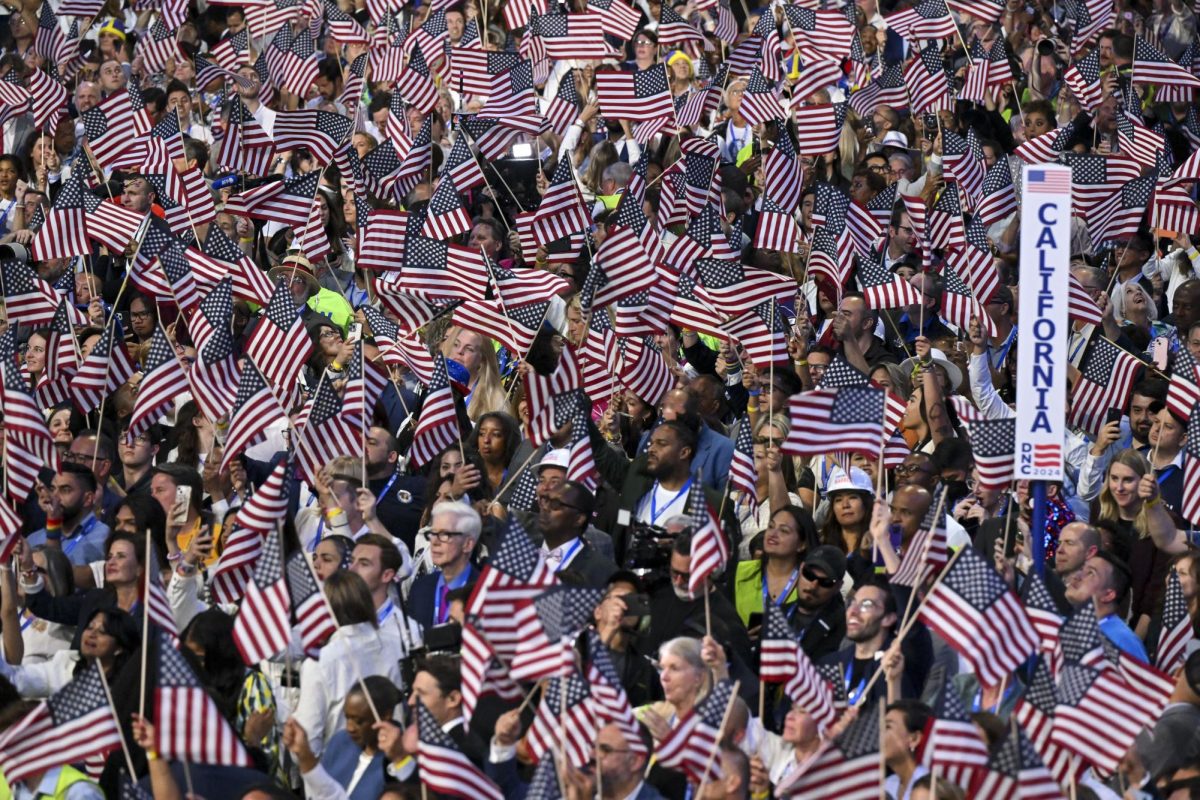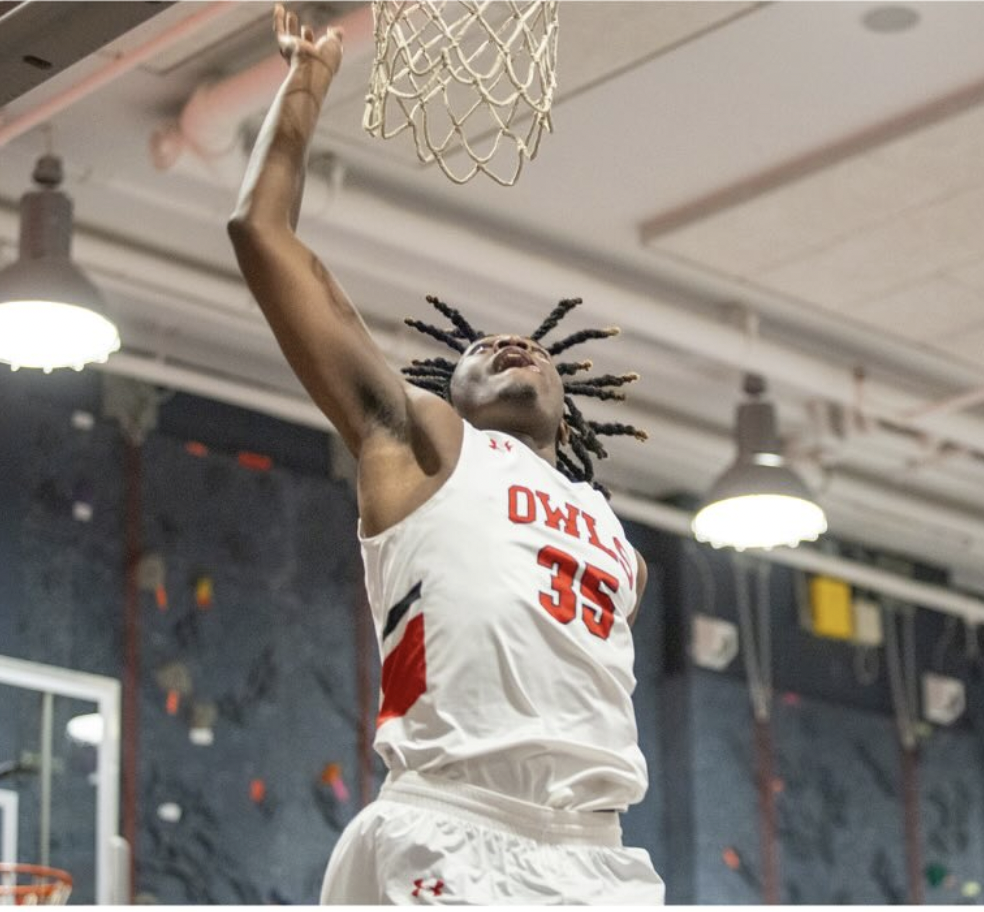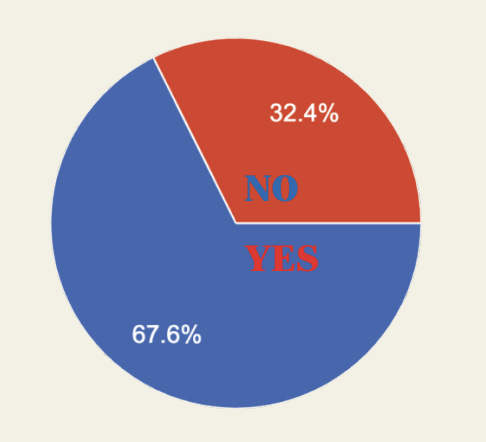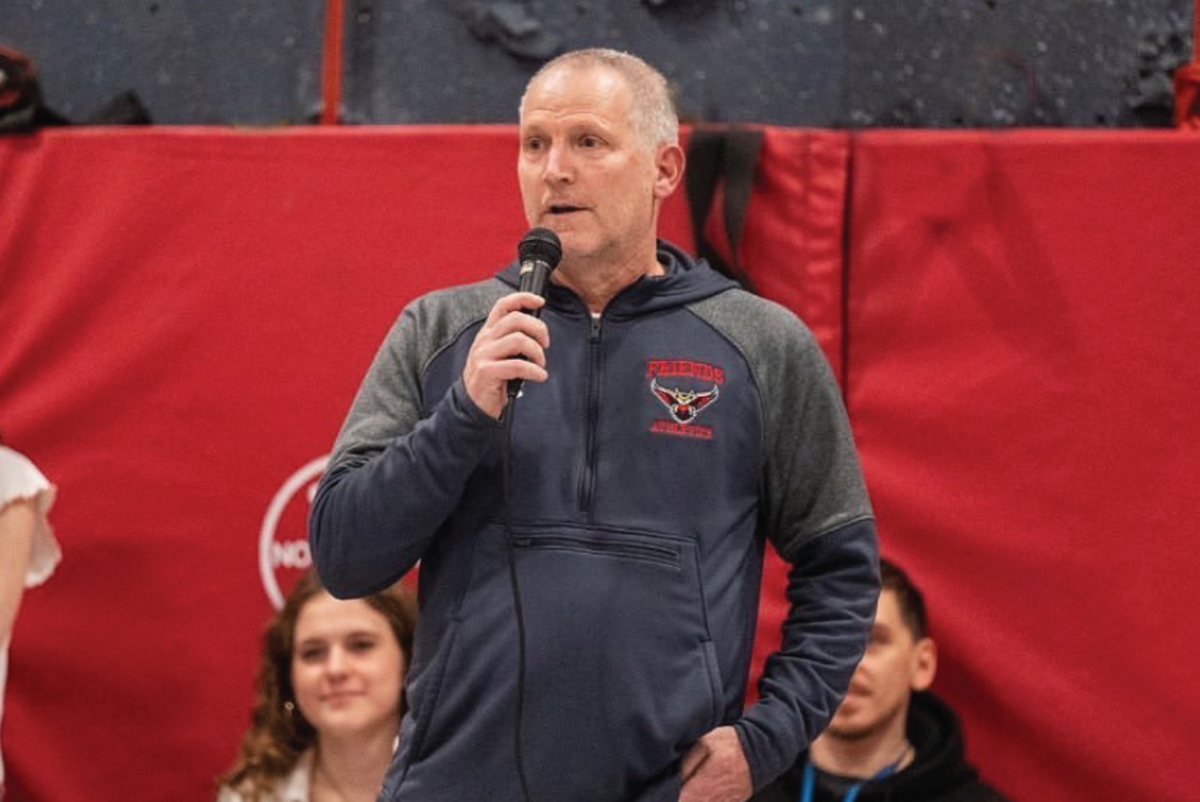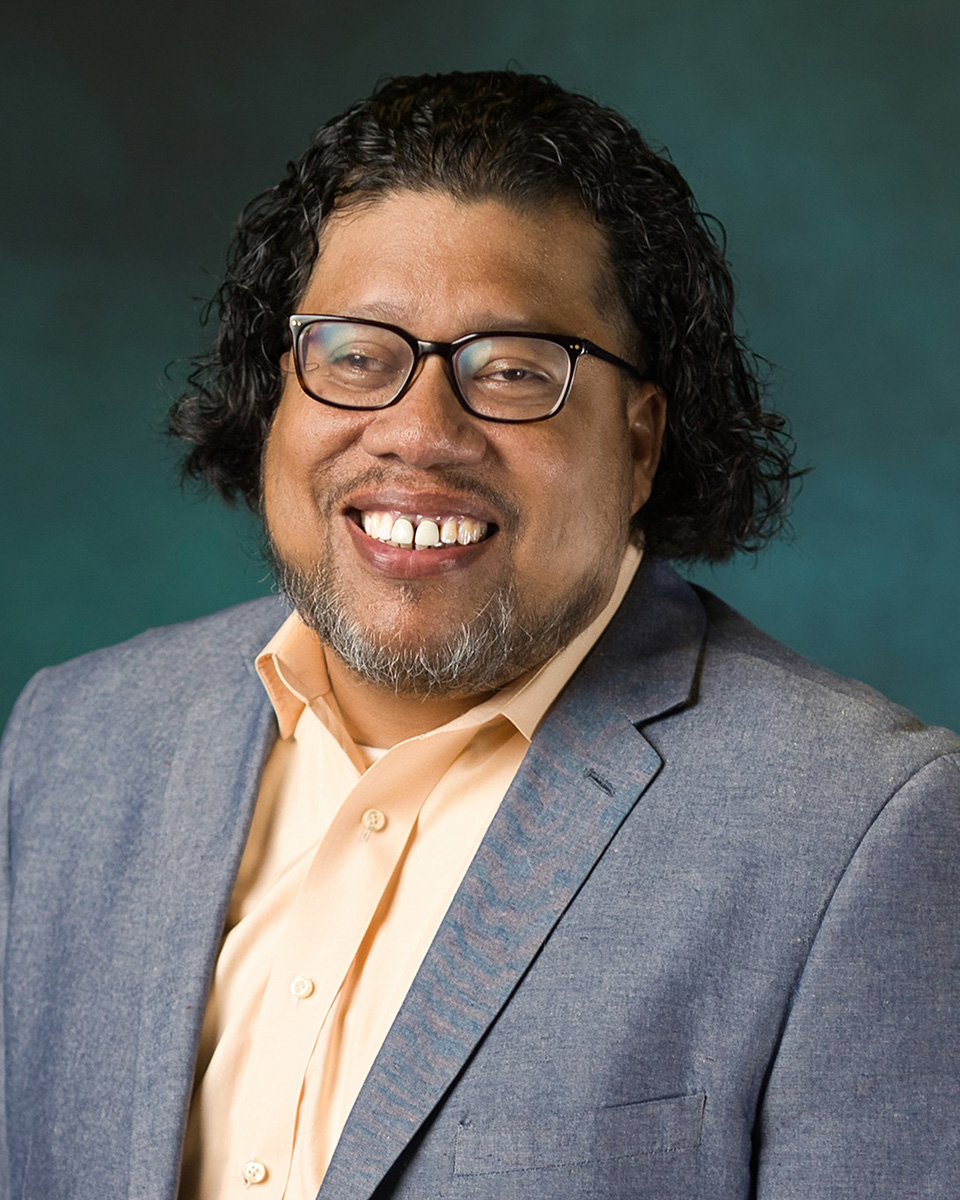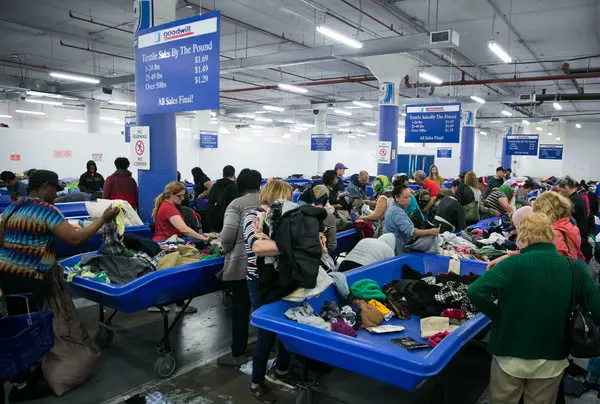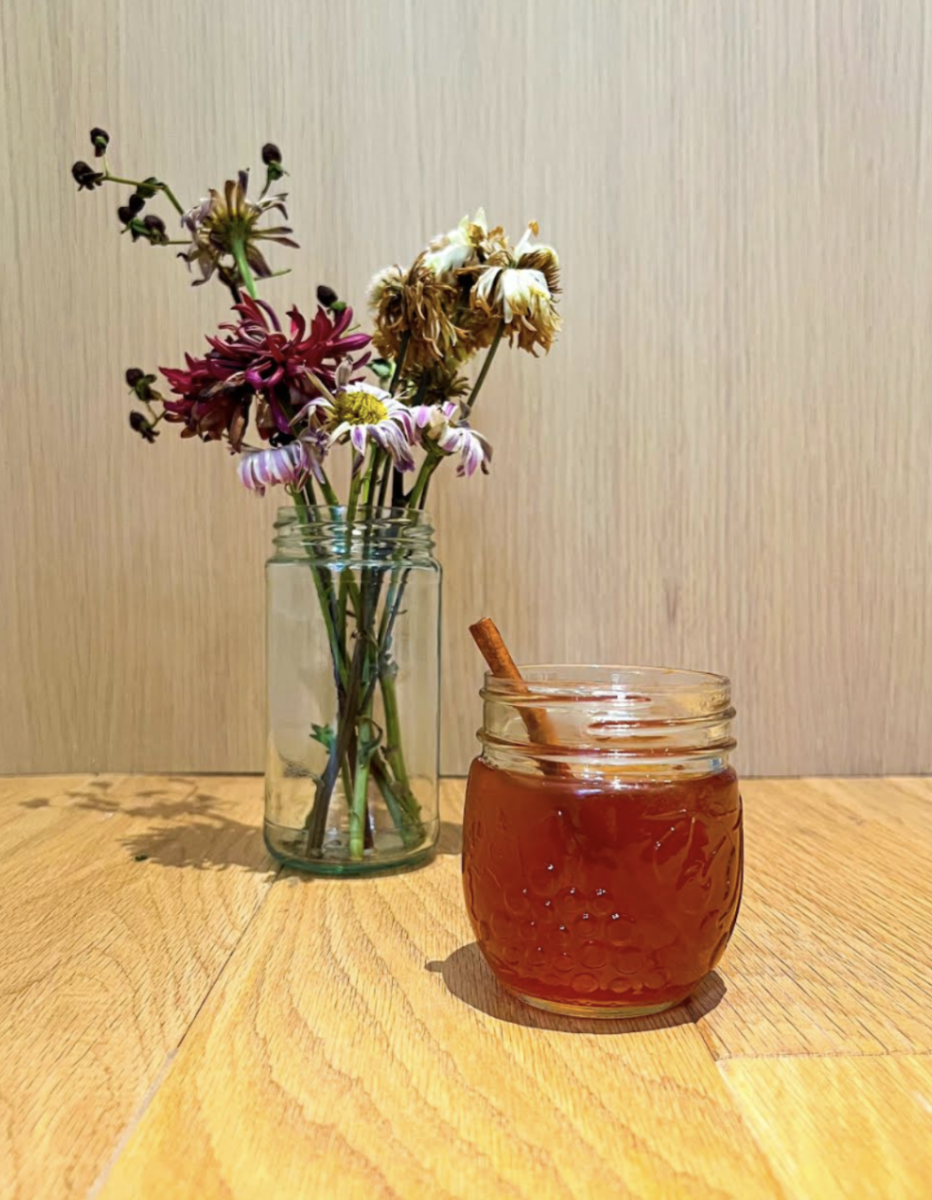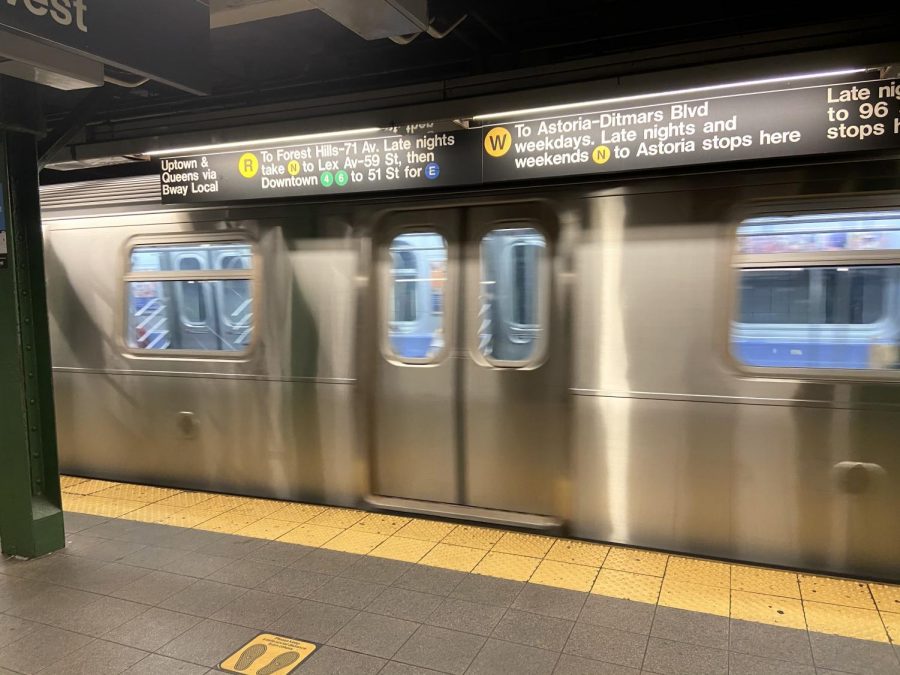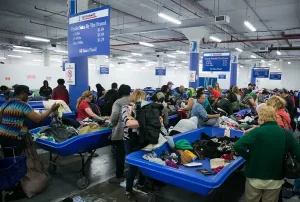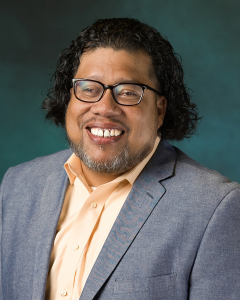Pandemic changes students’ commute to school
A train enters the Union Square station that students commute to during the school year. This commute has been altered for many as train service has been impacted, the pandemic poses health risks.
November 18, 2020
Friends students waited inside last spring as the virus whispered past their windows. The last thought on anyone’s mind, it seemed, was how to get to school. Yet as community members return to school for Wednesday programming this year, many have had to overcome the challenges of the city’s changed transportation systems.
Over four million people have abandoned the subway system since the coronavirus struck, throwing the Metropolitan Transit Authority (MTA) into a financial crisis. As the MTA revamps the subway to make up for losses, commuters have grappled with the fear of being infected on the train. “I’m a little scared,” said Indigo Hubbard-Salk 24’, who has stopped taking the train to school because of the pandemic. “If they [trains] are crowded or someone is not wearing their mask, I feel like it will spread throughout the train.”
William N. Rom, a research scientist at New York University’s School of Global Public Health, however, thinks the risk of infection is minor. MTA employees are constantly deep-cleaning and disinfecting stations, there are constant reminders to abide by precautions, and masks and hand sanitizers are available in stations. “The risk is very low and the MTA is doing everything they can,” he said.
Despite these precautions, ridership levels have stayed low during the fall. Some of these big trends can also be seen in other public transit systems in the city.
Alizay Hussain ‘24, who takes the Path Train from New Jersey to get to school, said she’s noticed the drop in ridership. She does note a silver lining to the uncrowded trains, though. “Before a lot more people were more relaxed with wearing masks but now everybody on the train would be wearing proper attire [masks],” she said.
Deborah Ogurinde ‘23, who commutes from Far Rockaway, Queens, said that trains tend to be slower this year, perhaps due to the MTA’s change in budgeting. “Trains arrive less often and can take up to 20-30 minutes to wait for the next one,” she said. If she misses the train, she included, she’s going to be late.
As of October 13th, monthly public transit ridership is, on average, 65% lower than last year. A significant portion of MTA funding has also been reallocated to cleaning, which seems to explain some of the poor service Ogurinde describes. While buses have also seen a significant drop in ridership, car services like Uber and Lyft are on the upswing. These car services require passengers to wear masks and encourage drivers to supply cleaning products. Many seem to feel they are a safer alternative.
In Crown Heights, Brooklyn, Hubbard-Salk has avoided taking the trains altogether, opting to take Uber instead. She said she’s “not really allowed to take the train,” and that Ubers are less risky than the train. Yet Ubers are not the ideal substitution for public transport, Hubbard-Salk said, because “they’re really expensive.” The cost of an Uber on Wednesday morning from her neighborhood to Friends is approximately $35. “My parents and I both don’t want to take Ubers,” Hubbard-Salk said. “but I can’t take the train.”
As Friends students adapt to COVID-19, it seems some commuters are left deciding whether they should change their route to school. Taking public transportation exposes students to a more crowded environment, but the cost is far lower than hiring a car. Deciding how to get to school can be difficult, especially as people have to weigh the differences in price.
“Even if it’s not always the safe option,” Hubbard-Salk said. “I think everyone has to do what they can.”



